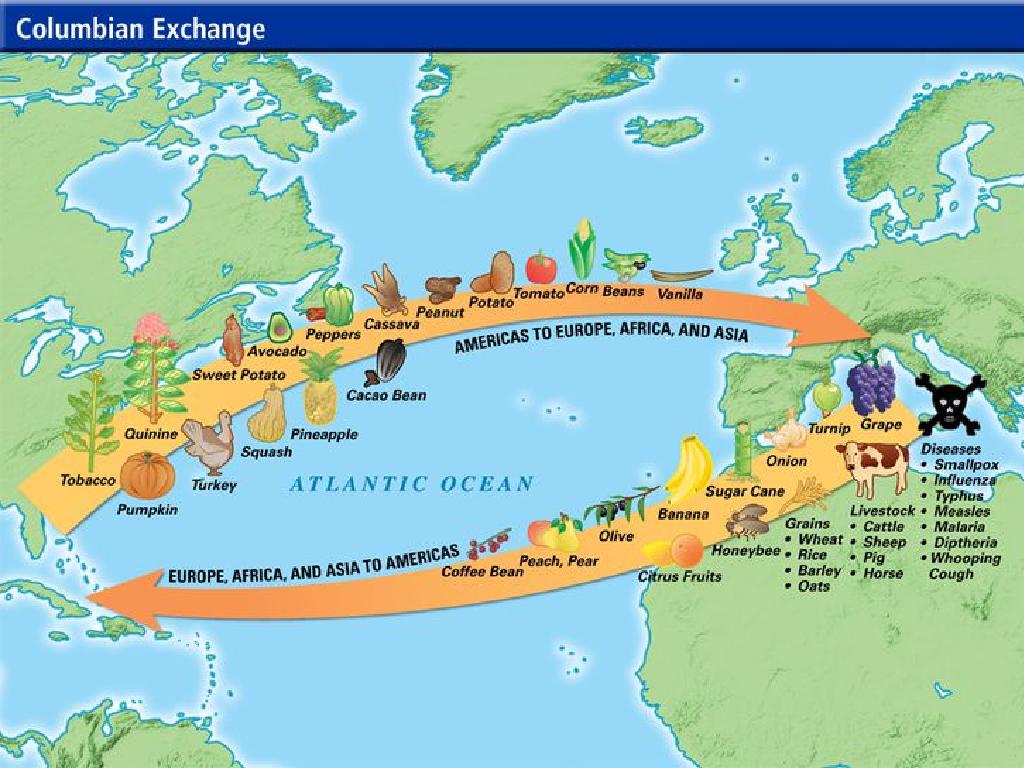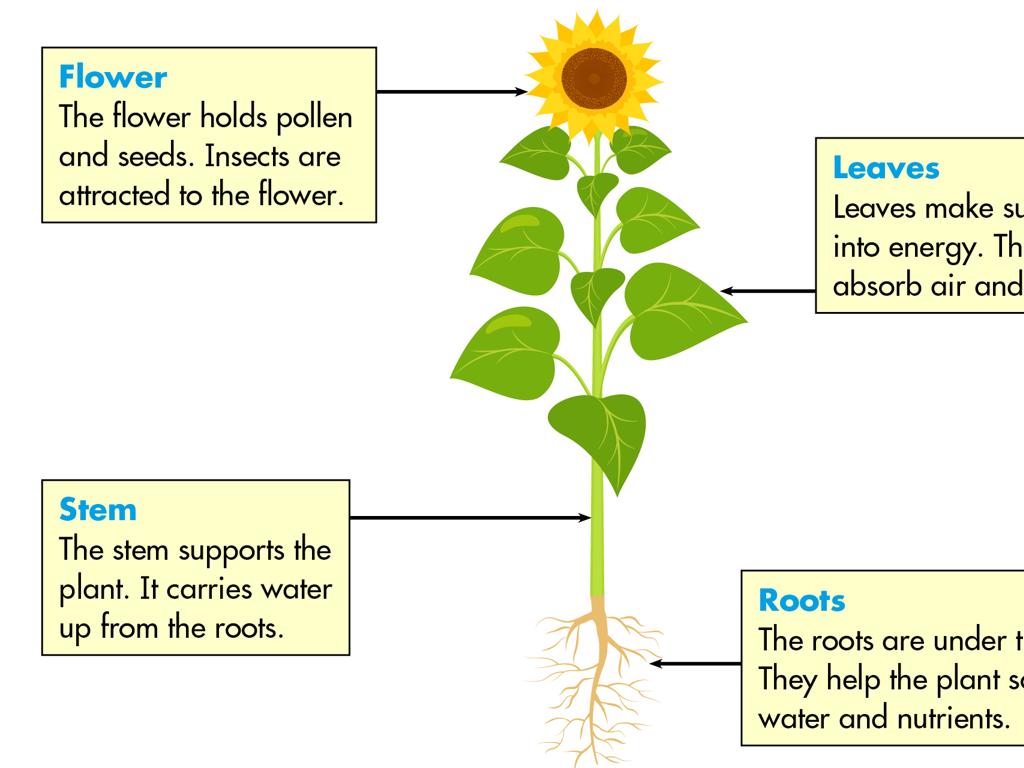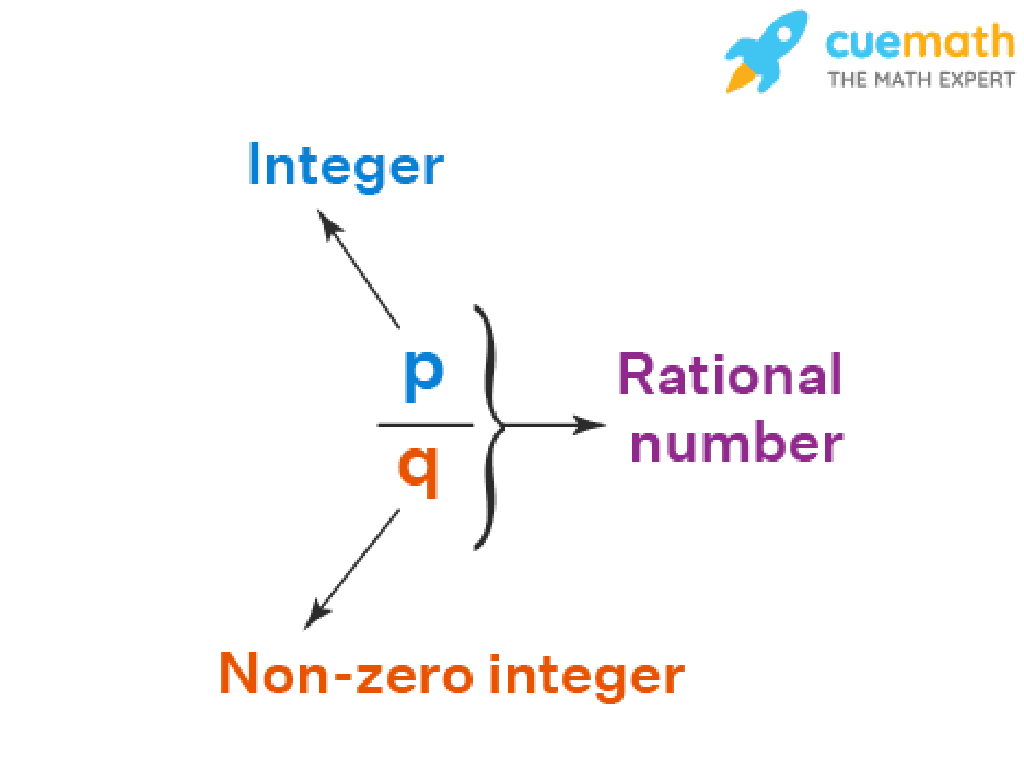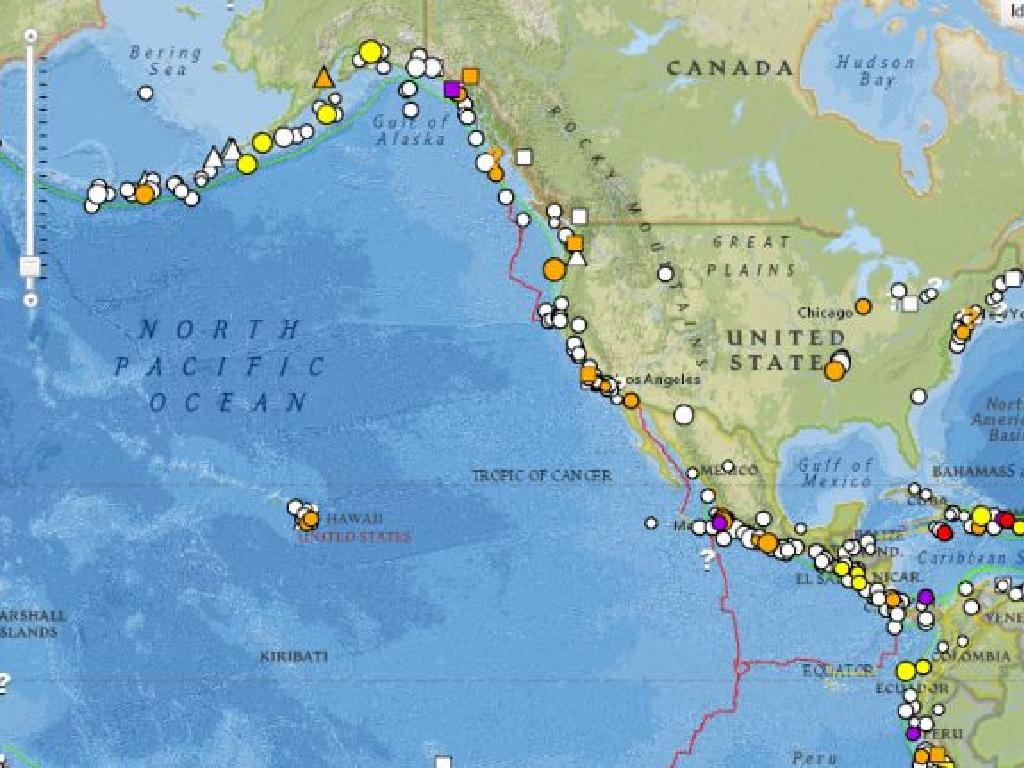Word Problems With Change Unknown - Up To 10
Subject: Math
Grade: First grade
Topic: Addition And Subtraction Word Problems Up To 10
Summary: This first grade math lesson helps students master addition and subtraction word problems up to 10, focusing on change unknown scenarios. Learners become Math Detectives, solving real-world puzzles by using clue words, drawings, and counting objects. Interactive activities and games encourage hands-on problem-solving, building confidence and foundational skills in understanding unknown quantities. This engaging approach makes solving word problems fun and accessible for all first graders.
Please LOG IN to download the presentation. Access is available to registered users only.
View More Content
Math Adventures: Becoming Math Detectives
– Embrace your inner Math Detective
– Unravel the mysteries of Word Problems
– Think of word problems as puzzles where numbers are clues
– Stories with numbers: Word Problems
– Example: If you have 3 apples and someone gives you some more, and now you have 7, how many did you get?
– Strategies to solve change unknown problems
– Use counting, drawing, or objects to find the answer
|
In this class, we’re going to explore the exciting world of word problems by adopting the role of Math Detectives. Word problems can sometimes seem tricky, but they’re just stories that involve numbers and situations we might encounter in real life. Today’s focus is on ‘change unknown’ problems, where students have to figure out the missing piece in a story. For example, if a character has a certain number of items and ends up with more or less, the students need to determine the change. Encourage the students to use various strategies like counting on fingers, drawing pictures, or using physical objects to solve these problems. The goal is to make them comfortable with the concept of change unknown and to see word problems as fun challenges rather than obstacles.
Solving Word Problems: Finding the Missing Piece
– Word problems as puzzles
– Imagine you have a puzzle with a piece missing, that’s our unknown number!
– Use addition and subtraction
– If we have 3 apples and get 2 more, how many do we have now? 3 + 2 = ?
– Clues for adding or subtracting
– Words like ‘in all’, ‘together’ mean add. ‘Left’, ‘after’ mean subtract.
– Practice with examples
|
This slide introduces first graders to the concept of word problems as puzzles where they have to find the missing piece, which is the unknown number. Start by explaining that word problems tell a story and we use math to solve them. Show how addition is used when we combine things together and subtraction when we take things away or want to find out how many are left. Highlight clue words that indicate whether to add or subtract. Engage the class with simple examples and encourage them to look for these clues in the problems. For the activity, provide a variety of word problems and have students identify the clue words and decide if they should add or subtract to find the unknown number.
Clue Words for Addition Problems
– ‘Plus’ means add numbers
– ‘In all’ signals total sum
– ‘Together’ combines amounts
– Solve an example problem
– If you have 3 apples and get 2 more, how many do you have in all? Let’s add 3 + 2.
|
This slide introduces students to key vocabulary words that indicate an addition problem in word problems. Emphasize that words like ‘plus’, ‘in all’, and ‘together’ are clues that they need to combine numbers to find the total. Use concrete examples, such as combining apples, to make the concept relatable and easier to understand. Encourage students to visualize the problem by drawing pictures or using physical objects. After explaining, walk through the example problem on the slide, demonstrating how to add 3 and 2 to find the total number of apples. This will help solidify their understanding of addition in the context of word problems.
Clue Words for Subtraction Problems
– ‘Left’, ‘less’, ‘take away’ mean subtract
– These words signal a subtraction problem
– Example: 5 candies, eat 2, how many left?
– Use subtraction to solve the candy problem
– Let’s subtract: 5 – 2 to find out!
– The answer shows how many candies remain
|
This slide introduces students to clue words that indicate a subtraction problem in word problems. It’s important to emphasize that words like ‘left’, ‘less’, and ‘take away’ are hints to use subtraction. Use the candy example to show a practical application of subtraction in a scenario they can relate to. Encourage students to visualize the problem by actually picturing 5 candies and taking 2 away. This helps them understand the concept of subtraction as ‘taking away’ from a total. In the next class, practice with more examples and have students come up with their own word problems using these clue words.
Solving Change Unknown Problems
– Understanding ‘Change Unknown’
– Sometimes the amount added or taken isn’t given.
– Playing detective for missing numbers
– Use clues in the problem to discover what’s missing.
– Example: Balloon mystery
– Started with 4 balloons, ended with 7, how many were added?
– Strategies to find the answer
– Count on from the first number or count back from the second.
|
This slide introduces first graders to ‘Change Unknown’ problems in addition and subtraction, where the amount changed is not directly stated. The goal is to help students understand that they can find the missing number by using clues from the problem. Use the balloon example to illustrate how to approach these problems: if you start with a certain number of balloons and end up with more, how many did you receive? Encourage students to use their fingers or objects to count on from the smaller number or count back from the larger number to find the answer. This slide sets the stage for practice problems where students will apply these strategies to solve ‘Change Unknown’ scenarios.
Let’s Practice Together: Cookies Problem
– Understanding the cookie problem
– Identifying the known quantities
– We ate 2 cookies, 5 remain
– Finding the missing number
– How many cookies were there before eating?
– Using objects to solve
– Use counters or drawings to figure out the total
|
This slide is an interactive class activity designed to help first graders understand and solve word problems involving change unknown. Start by reading the problem aloud and ensure the students grasp the scenario. Clarify the known quantities: 2 cookies were eaten, and 5 are left. Ask the students what they think the missing number is. Then, demonstrate how to use physical objects like counters, or draw pictures to represent the cookies, to visually solve the problem. Encourage the students to count up from 5 to find out how many cookies there were originally. This hands-on activity will help solidify their understanding of addition and subtraction within 10.
Using Objects to Solve Word Problems
– Use counters to visualize
– Counters like blocks or beads show us the problem
– Count with fingers or drawings
– Our fingers are great tools for counting up to 10
– Find answers by counting
– Add or subtract by counting objects or drawings
– Understand problems visually
|
This slide is aimed at helping first graders understand change unknown problems by using tangible objects or visual representations. Encourage students to use counters like blocks or beads to represent the elements of the word problems. Demonstrate how to use fingers for counting up to 10, which is a practical and always available tool. Show them how to draw simple representations of the problems to visualize the scenario better. This hands-on approach makes abstract concepts more concrete and understandable for young learners. During the activity, walk around the classroom to ensure each student is engaging with the materials and correctly applying the counting method to find the solution to the word problems presented.
Time to Be Math Detectives!
– Become a number detective
– Search for missing numbers
– Clue words help us solve
– Words like ‘altogether’ or ‘left’ give hints
– Practice with word problems
– Use objects or fingers to count
|
This slide is designed to engage first-grade students in solving word problems where the change is unknown. Encourage them to think like detectives, looking for clue words such as ‘altogether’, ‘left’, ‘more’, or ‘fewer’ to determine whether to add or subtract. Provide examples like ‘If you have 3 apples and get some more, now you have 7, how many did you get?’ to illustrate the concept. Instruct them to use tangible objects or their fingers to count up to 10, which can help visualize the problem. During the activity, circulate the room to assist students and offer praise for their problem-solving efforts. Prepare different word problems for each student or pair to solve, ensuring a variety of scenarios are covered.
Class Activity: Math Detective Game
– Pair up for mystery word problems
– Use counters to find missing numbers
– Counters can represent objects in the problem
– Share and explain your solutions
– Enjoy being math detectives!
|
This interactive class activity is designed to engage first-grade students in solving word problems with unknown changes, using physical counters to aid their understanding. Students will work in pairs to encourage collaboration and communication. Provide each pair with an activity sheet containing several word problems. Encourage them to use counters to represent the objects in the problem, which will help them visualize the addition or subtraction needed to find the unknown number. After solving the problems, each pair will share their answers with the class and explain their problem-solving process. This will not only reinforce their understanding but also build their confidence in explaining mathematical concepts. Possible activities for different pairs can include word problems with varying levels of difficulty, using different types of counters, or even creating their own word problems for others to solve.
Congratulations Math Detectives!
– Mastered change unknown problems
– Practice makes perfect
– You’re becoming problem-solving experts
– Keep exploring word problems
|
Well done to all the students for their hard work and dedication in learning how to solve word problems with change unknown. It’s important to continue practicing these types of problems to become more confident and proficient. As a teacher, you can provide them with additional worksheets and encourage them to create their own word problems. This will not only reinforce their understanding but also help them apply their skills in various situations. Remember to praise their efforts and progress to keep them motivated. Let’s aim to make each student a word problem expert!





